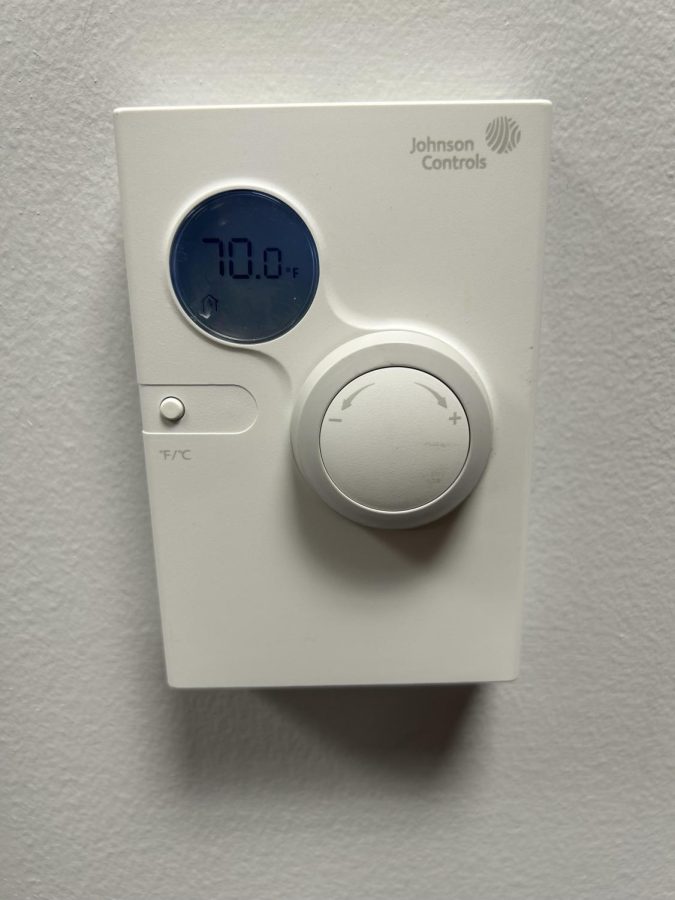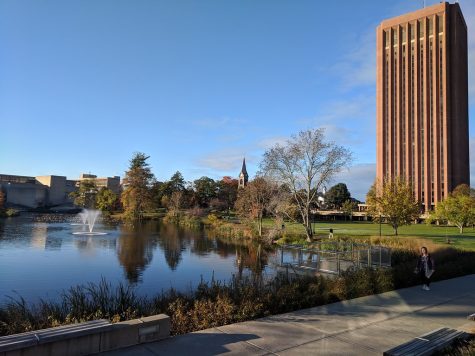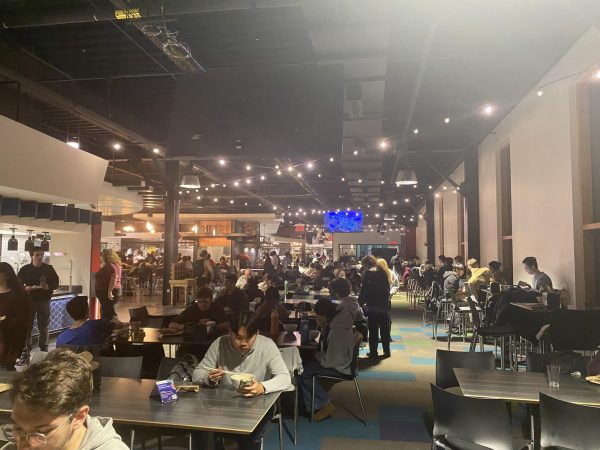UMass Amherst Students Face Skyrocketing Electricity Rates
Electricity rates in the Pioneer Valley have been on the rise in recent years, causing financial strain for many UMass Amherst students living off-campus. The trend has reached new heights this winter, as electricity distributors like Eversource and National Grid have sought to raise their electricity supply rates by 43% and 64%, respectively, compared to last winter.
“Our electric budget has gone through the roof,” said Abby Zelvis, a UMass senior living in a two-bedroom apartment in Amherst. “When we first moved in, our monthly bill was around $50, and now it’s about $200.”
Josef Langton, another senior residing off-campus in an Amherst apartment, had a similar experience. “The increase has cost [me and my three roommates] an extra $100 each every month during the winter,” he said.
Despite efforts to reduce electricity usage, such as turning off lights and appliances when not in use, and even wearing several layers of clothing indoors, the high costs of electricity have put a strain on the budgets of Langton and his roommates.
“For students like me who are putting themselves through college, it makes an already tight situation even tighter,” said Langton.
The price hike in electricity isn’t only affecting undergraduates. Phillip Chen, a UMass Amherst graduate student, lives in a five-bedroom house in Amherst; he described their recent bills as “almost six times more” than their initial bills, totaling over $600. Despite efforts to conserve energy, such as reducing the thermostat temperature and turning off lights, the cost of electricity continues to rise for Chen and his housemates.
In Massachusetts, most municipalities have their electricity distributed by only one electric company. Eversource is the only electricity distributor in Amherst. Because of these energy monopolies, there is limited competition and limited options for students seeking relief from high utility costs.
Many students feel frustrated with the energy monopolies in the Pioneer Valley. Zelvis described the situation as “very upsetting” and “unfair.” Langton and Chen both added that the lack of competition makes it difficult for students to find alternative energy options.
Despite their struggles with high electricity rates, students have different opinions on what the solution to this issue should be. Zelvis and Langton both believe that the UMass administration and local government should address the problem and provide support for students who are struggling to pay their utility bills.
“I think UMass should provide much better education on the benefits and challenges of off-campus living,” Langton said. “I’m in support of some sort of structure to help students who are trying to put themselves through school. For me, the electric rate increase was the reason I had to start asking my mother if she could help. It ended my financial independence.”
Chen suggested that the local government should regulate the prices charged by utility companies, but acknowledged that it would be difficult for the UMass administration to address rising electricity costs.
“I think the UMass administration should address this issue, but it is very unlikely,” said Chen. “I’m not sure how they would go about that.”
Electric bills in Massachusetts are normally composed of two parts: a distribution charge and a supply charge. In areas where electric companies have a monopoly on electricity distribution, such as Eversource in Amherst, residents cannot avoid being charged delivery fees by the company. However, the source of rate hikes, the electric supply fees, can be changed. Third-party electric suppliers offer alternative kilowatt-hour charges, which can sometimes be less expensive than standard rates charged by electric companies.
Town governments in the Pioneer Valley are addressing the rising cost of electricity utilities by pursuing municipal Community Choice Energy (CCE) aggregation plans, which secure lower electric supply rates for residents. Amherst and Belchertown are working to implement their own CCE aggregation plans, which are estimated to be in place by the end of 2023.
A recent study by UMass Amherst found that community aggregation plans not only reduce electricity costs, but also increase environmental sustainability. The study showed that 30% of standard CCE packages include 100% renewable energy certificates, with 89% of municipalities exceeding state renewable energy requirements and achieving savings of $33.5 million annually.











